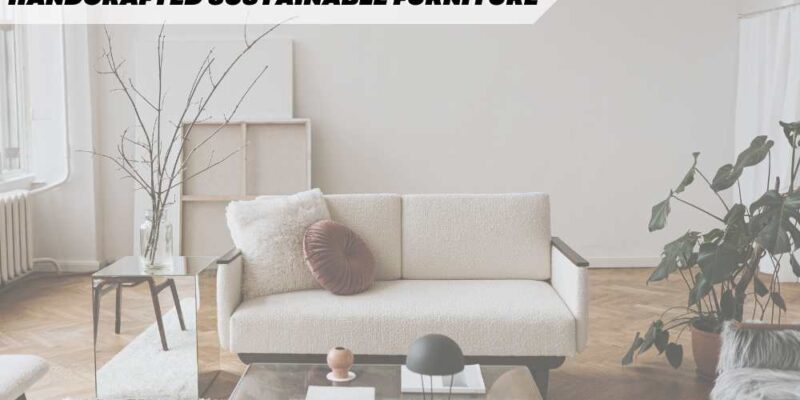the optimal materials to ensure durability, aesthetics, and sustainability. With an array of options available, from traditional wood to modern composite materials, understanding the nuances of each material can guide you toward the best choice for your specific needs.
1. Wood Decking:
Wood has long been a quintessential choice for decking, offering natural beauty and a timeless appeal. Varieties like pressure-treated lumber, cedar, redwood, and tropical hardwoods present unique advantages:
- Pressure-Treated Lumber: This economical option is treated to resist rot, insects, and decay, but it requires regular maintenance.
- Cedar and Redwood: These woods possess natural oils that enhance their durability, offering resistance to decay and insects. They require less maintenance but come at a higher price point.
- Tropical Hardwoods (Ipe, Tigerwood, Cumaru): Known for exceptional strength and resistance to weathering, they offer a luxurious appearance. However, their density can make installation challenging and comes with a higher cost.
2. Composite Decking:
Composite decking, a blend of wood fibers and recycled plastics, has gained popularity due to its durability and low-maintenance qualities:
- Durability: Resistant to rot, fading, and splintering, composite decking lasts longer than traditional wood, providing a consistent appearance over time.
- Low Maintenance: Unlike best deck materials it doesn’t require staining, sealing, or regular maintenance, making it an attractive option for those seeking convenience.
- Aesthetics: Recent advancements in technology have improved its appearance, offering various finishes that mimic the look of natural wood.
3. Synthetic Decking:
Synthetic materials like PVC and aluminum present alternative options for decking:
- PVC Decking: Composed entirely of polyvinyl chloride, PVC decking is highly durable and resistant to moisture, fading, and rot. While more expensive, its longevity and minimal upkeep often justify the investment.
- Aluminum Decking: Known for strength, durability, and resistance to fire, insects, and rot, aluminum decking offers low maintenance and excellent heat dissipation. However, it’s a premium choice with a higher upfront cost.
Factors Influencing the Choice:
Several factors play a crucial role in determining the best deck material for your project:
- Durability and Longevity: Assess the material’s ability to withstand weather, wear, insects, and rot over time.
- Maintenance Requirements: Consider the level of upkeep needed and associated costs.
- Aesthetics: Evaluate the visual appeal and how well the material complements your home and surroundings.
- Budget: Balance upfront costs with long-term savings based on durability and maintenance needs.
- Sustainability: Opt for eco-friendly materials made from recycled components or sustainably sourced wood to reduce environmental impact.
Sustainability and Environmental Impact:
When considering deck materials, it’s vital to factor in sustainability. Opting for eco-friendly materials, whether it’s composite decking made from recycled plastics or sustainably harvested wood, contributes positively to reducing environmental impact.
In conclusion, the best deck material for you depends on a balance of factors such as aesthetics, maintenance, durability, budget, and sustainability concerns. Whether you’re drawn to the natural warmth of wood or the practicality of composite or synthetic materials, each option offers its unique advantages. By aligning these considerations with your preferences and priorities, you can create an outdoor space that not only looks stunning but also stands the test
Choosing the ideal material for your deck isn’t just about picking what looks good or what’s popular—it’s a decision that amalgamates several crucial elements. Aesthetic preferences, maintenance requirements, durability, budget considerations, and sustainability concerns all play a pivotal role. The ultimate goal is to craft an outdoor space that resonates with your vision while being a durable, sustainable, and cost-effective investment.
Aesthetics:
Aesthetics are often the first consideration when envisioning your deck. Wood, with its natural warmth, intricate grains, and diverse color palette, exudes an organic charm that many find irresistible. Cedar, redwood, or tropical hardwoods like Ipe showcase unique patterns and hues, each contributing to a distinctive aesthetic. On the other hand, composite decking, with its array of finishes resembling natural wood, offers a more uniform appearance, catering to modern preferences.
Maintenance:
Your willingness and capacity for deck maintenance are critical factors. Wood, while beautiful, demands regular upkeep such as staining, sealing, and occasional repairs to combat weathering, insects, and decay. It’s a labor of love that requires dedication. In contrast, composite decking provides a low-maintenance alternative, requiring minimal upkeep beyond occasional cleaning. This convenience makes it an attractive choice for those seeking hassle-free longevity.
Durability:
The durability of your deck material determines its lifespan and resistance to wear, weather, insects, and rot. Natural woods like cedar or redwood, if well-maintained, can offer longevity. However, tropical hardwoods like Ipe reign supreme in terms of durability due to their inherent strength and resistance to the elements. Composite decking, designed to withstand fading, rot, and splintering, ensures a consistent appearance over time, often outlasting traditional wood options.
Budget:
Your budget plays a significant role in material selection. Pressure-treated lumber, the most economical wood option, suits tighter budgets but requires more maintenance. Cedar and redwood, while pricier, demand less upkeep. Composite decking, though initially more expensive, can save money over its lifespan due to minimal maintenance needs. Premium options like tropical hardwoods or aluminum decking come with higher upfront costs but might be justified by their longevity and reduced maintenance expenses.
Sustainability:
In an era emphasizing environmental responsibility, choosing eco-friendly materials matters. Composite decking, made from recycled plastics and wood fibers, and sustainably sourced wood options cater to sustainability concerns. Materials like PVC or aluminum might have environmental implications due to their manufacturing processes, warranting a deeper assessment of their eco-footprint.
Balancing these considerations allows you to align your preferences and priorities, ensuring your deck not only looks stunning but also endures the test of time. Whether you’re captivated by the natural allure of wood or enticed by the practicality of composite or synthetic materials, each option brings its unique advantages. By melding your desires with the practical aspects, you can craft an outdoor haven that reflects your style, sustains its beauty, and remains a cherished space for years to come.











